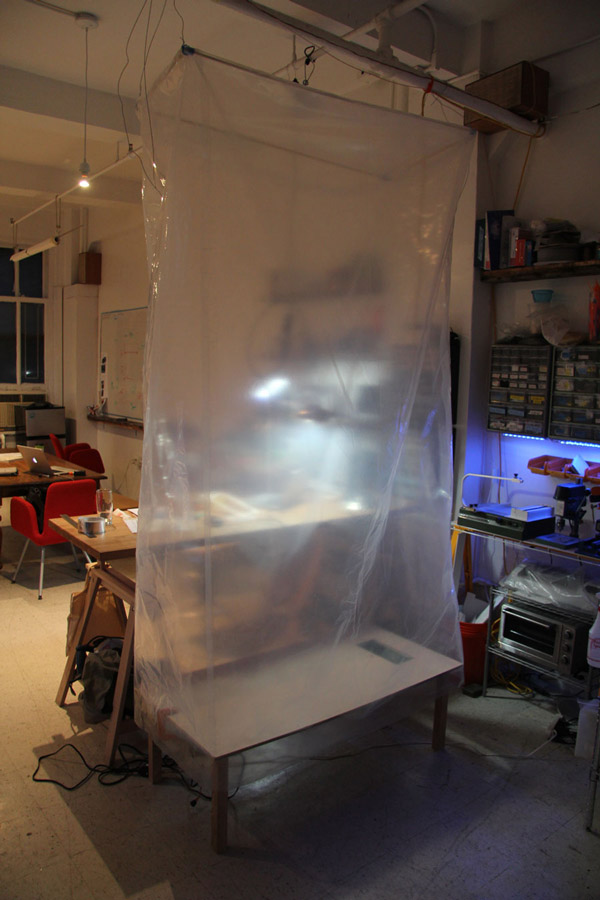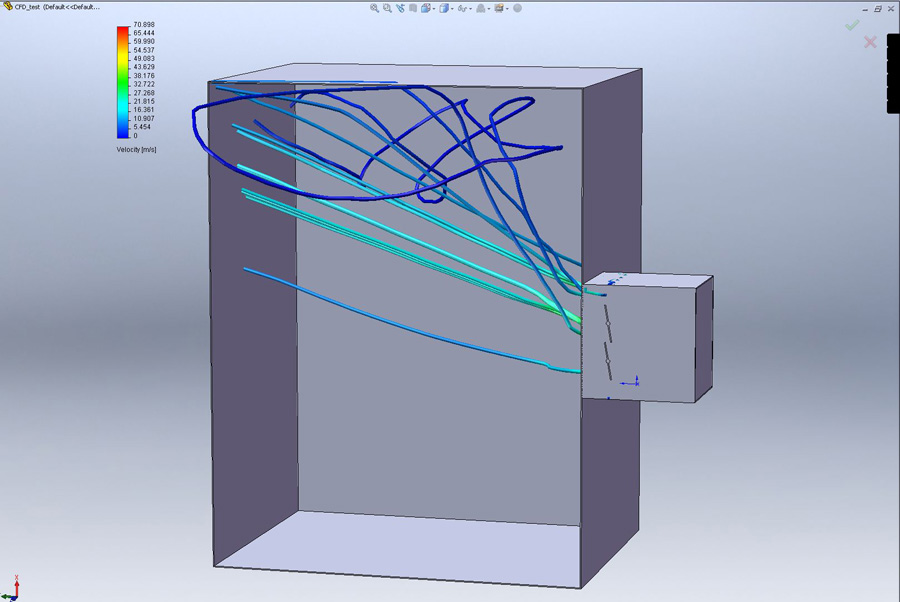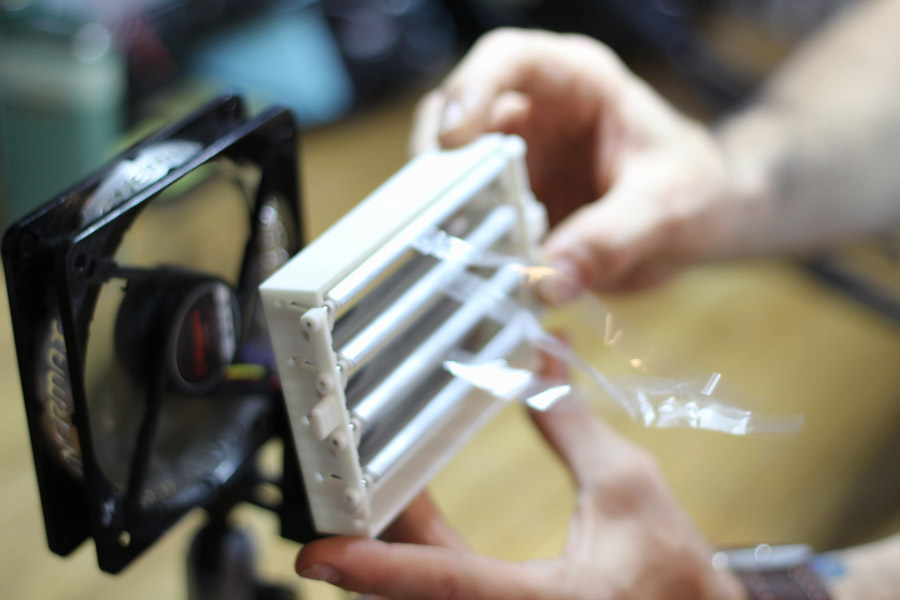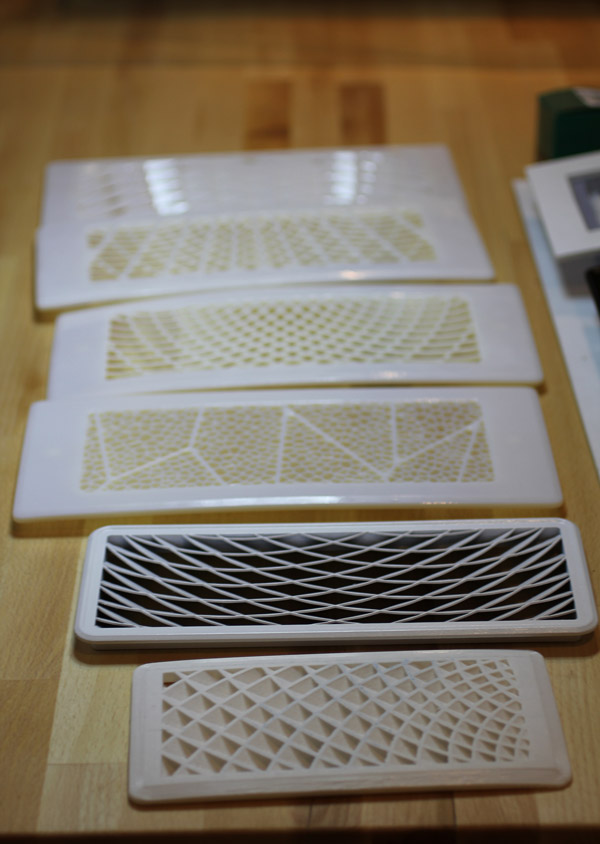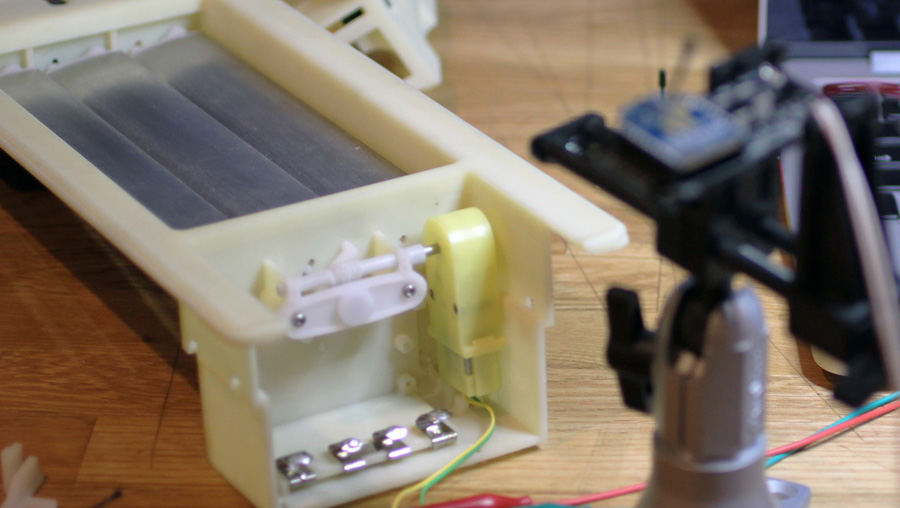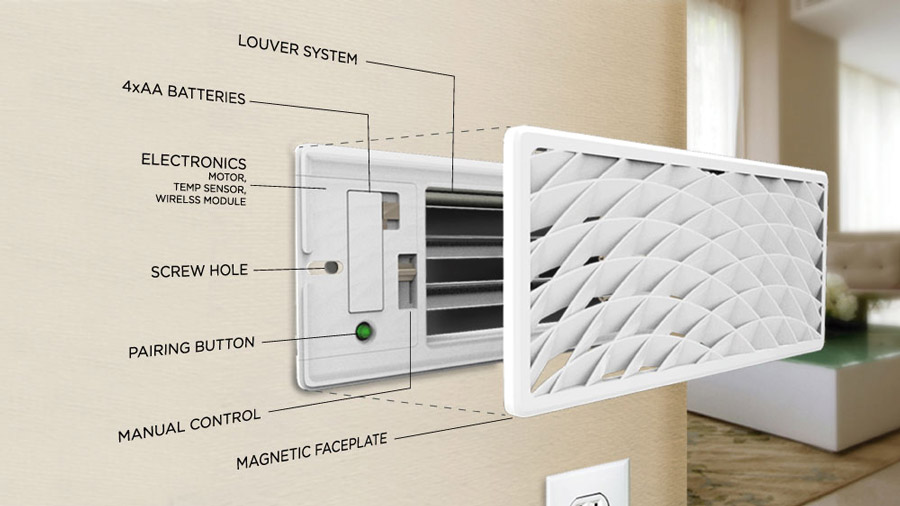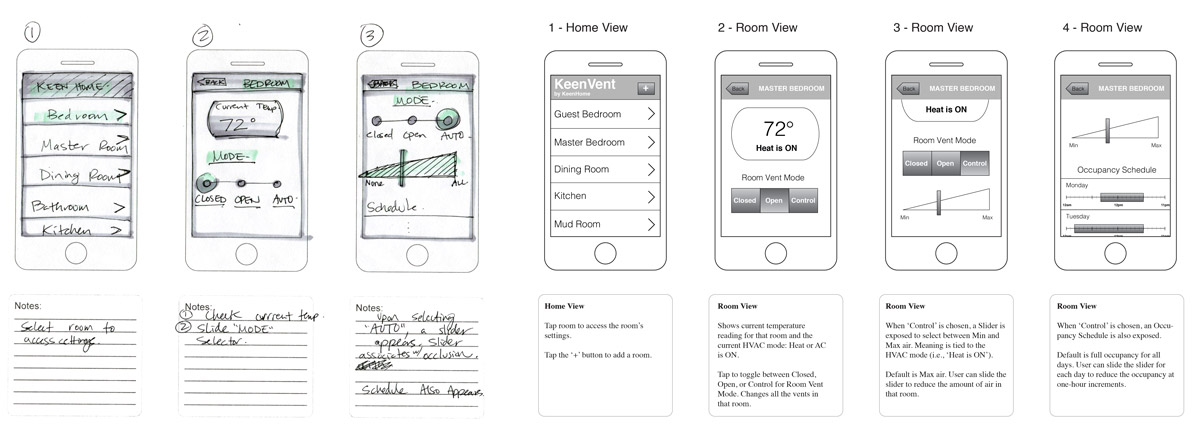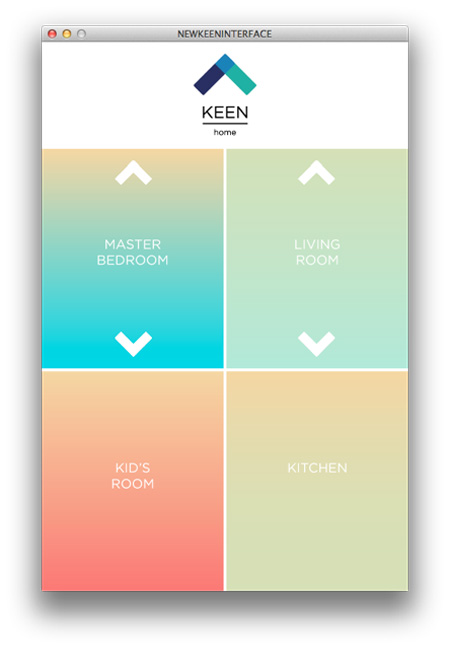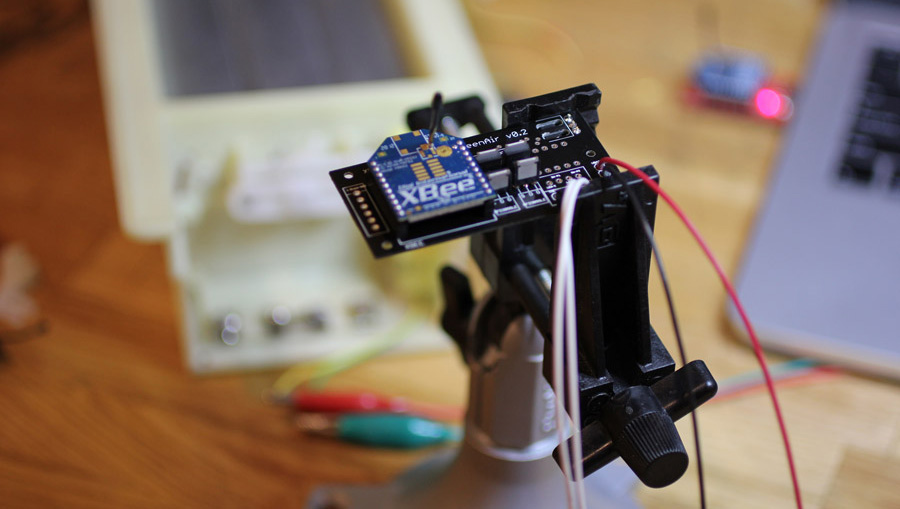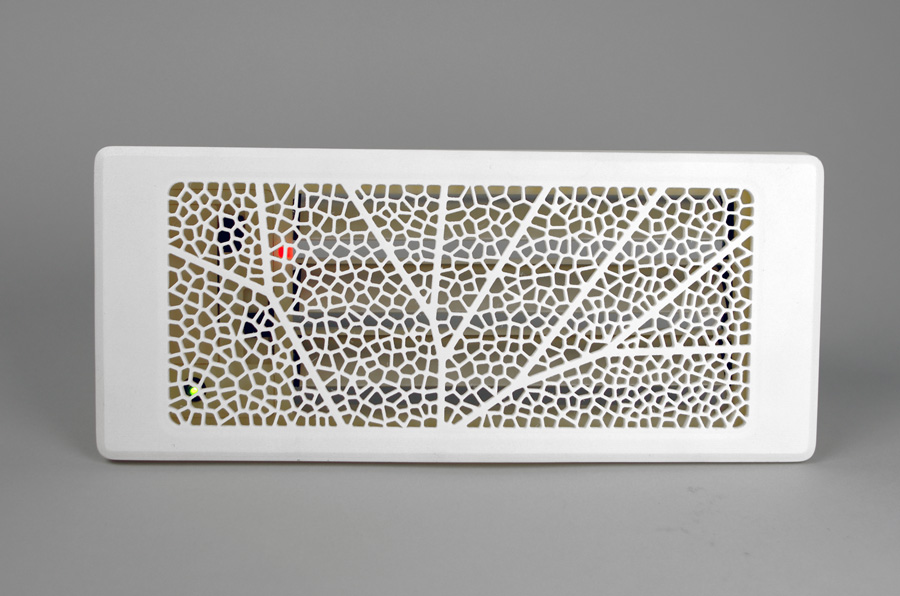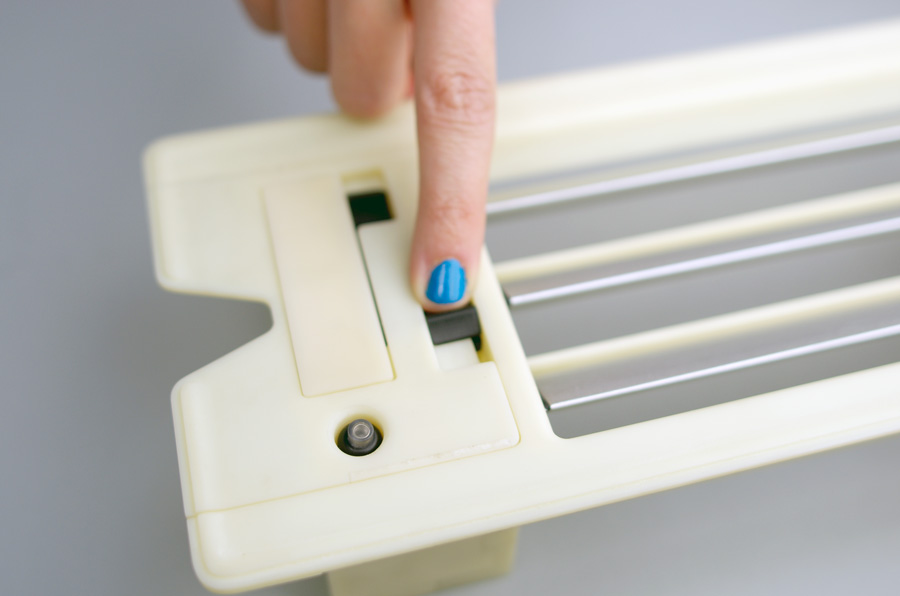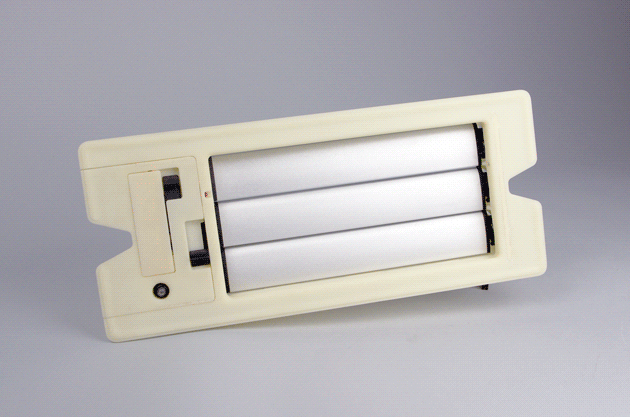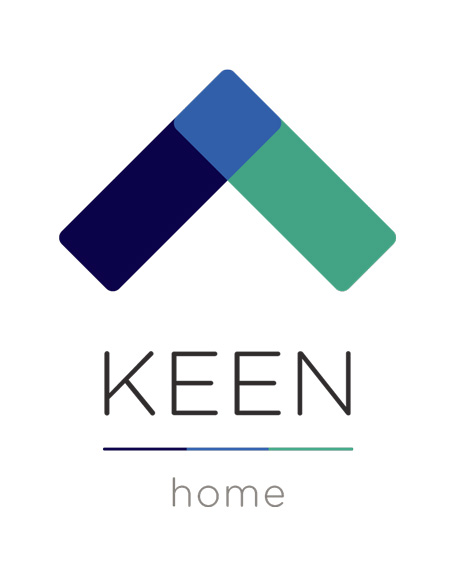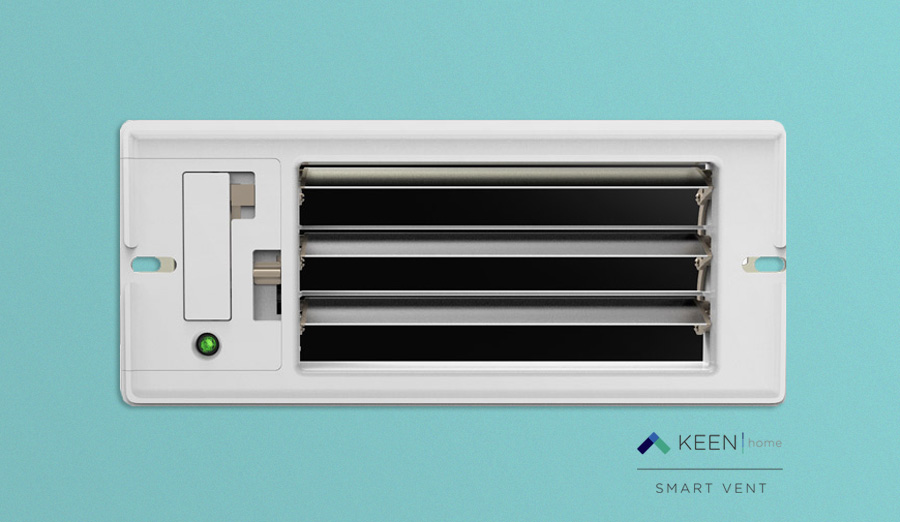
The Keen Home Smart Vent uses patent-pending technology to make heating and cooling your home simple, affordable, and smart. With multiple faceplate options designed by Tomorrow Lab, the Smart Vent integrates easily and tastefully into your lifestyle and home decor. Simply swap your existing HVAC vent with a Keen Home design, and your home network connects with the push of a button to literally keep you cool (or warm, depending on the season).
Why should your bedroom always be the same temperature as your dining room? With the Smart Vent, even when everyone gathers in the kitchen during your dinner party, you can condition that room without disturbing the temperature in the other rooms in your home.
Electrical Engineering
Mechanical Engineering
Industrial Design
Idea Development
Software Programming
Prototyping
Manufacturing Support

In addition to providing Industrial Design, Mechanical Engineering, Electrical Engineering, and pilot production for Keen Home’s first product, Tomorrow Lab also contributed to early market research. By conducting in-home research, we were able to gain a better understanding of the range of consumer needs across different-sized homes and floor plans. We took measurements of existing, typical vent sizes and locations, and explored solutions to the problem of comfortable and efficient home heating and cooling.
Upon return to the lab, we constructed a HVAC system of our own in order to measure temperature, test airflow requirements, and develop standard thresholds.
Once we understood the parameters required to efficiently control the vent, we began the search for the software to complement the hardware. Utilizing ZigBee modules, the Keen Home Smart Vent works through a wireless networking system, sending information directly to your Smartphone to control the amount of air transferred to specific rooms in a home. Rather than treating the Smart Vent like an analog, we assisted the Keen team in building a user experience that centered on sensations of comfort in each room. Based on this unique paradigm, users can control both comfort and efficiency provided by the Smart Vent.
Tomorrow Lab developed a custom and patent pending airfoil louver design, incorporated temperature sensing, and assisted in creating battery life-maximizing algorithms. The Smart Vent is powered by four AA batteries, and designed to power the device for several years. We also created a slick manual override function.
With the aid of computer modeling, we determined that using louvers instead of sliders was the superior option to provide the most control over HVAC air flow while also providing the highest air movement while in an open state. Competitive products use sliding louvers, which allow for a maximum of 50% open air flow. We wanted to give the Smart Vent 0% - 100% airflow occlusion flexibility, which is also possible through articulated louvers.
After determining the internal mechanicals of the Smart Vent, including placement of the thermistor, on/off switch, manual override switch, and a battery compartment alongside the louvers, we began to examine the outer design aesthetics.
Tomorrow Lab created several unique options for faceplate designs using both Rhino and Grasshopper software platforms. Both Keen Home and Tomorrow Lab sought to offer different faceplate options that could fit seamlessly into a home aesthetic, yet stand out as part of a new and unique solution in home temperature management.
As a connected, battery-operated home device, the Keen Home Smart Vent needs to operate on a ZigBee network. As such, the product must integrate into existing control platforms (i.e. SmartThings, Lowe’s Iris, Revolv). ZigBee is a lower-power, self-healing, wireless communication solution, which is available in a number of commercial implementations. For the Smart Vent, we developed two versions: one using Digi’s XBee for prototyping purposes and one using the Ember357 chipset for high volume production.
The Smart Vent’s control interface allows the user to set various positions of occlusion, from 100% (closed) to 0% (open) occlusion. In addition, the Smart Vent uses a light source to indicate when the vent is repositioning its louvers, incorporating red/blue LEDs to indicate a heating or cooling cycle.
